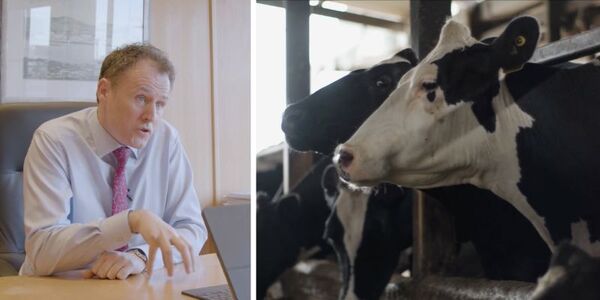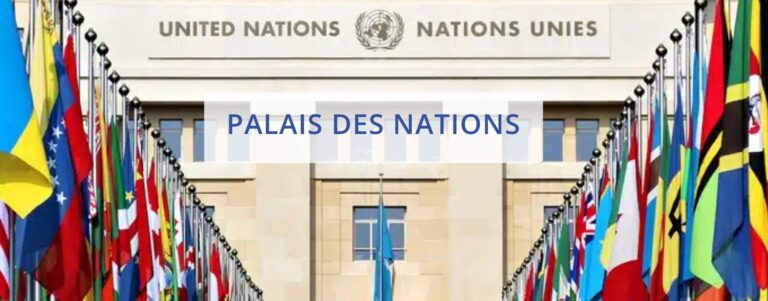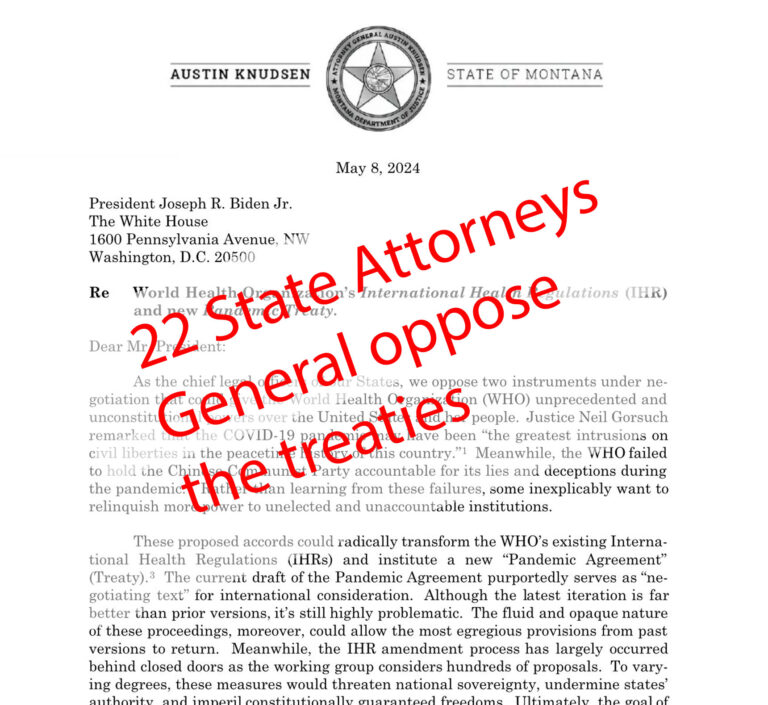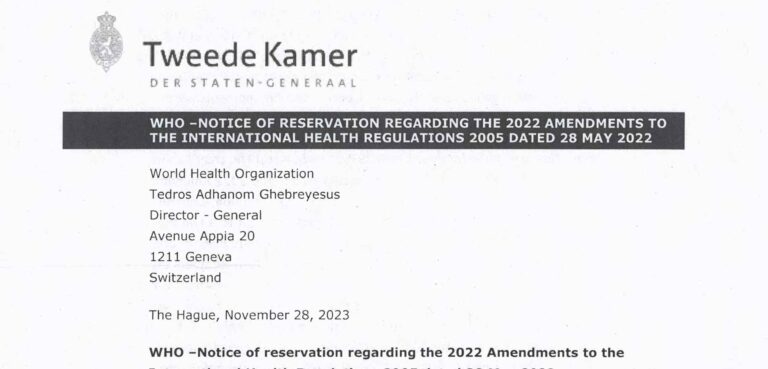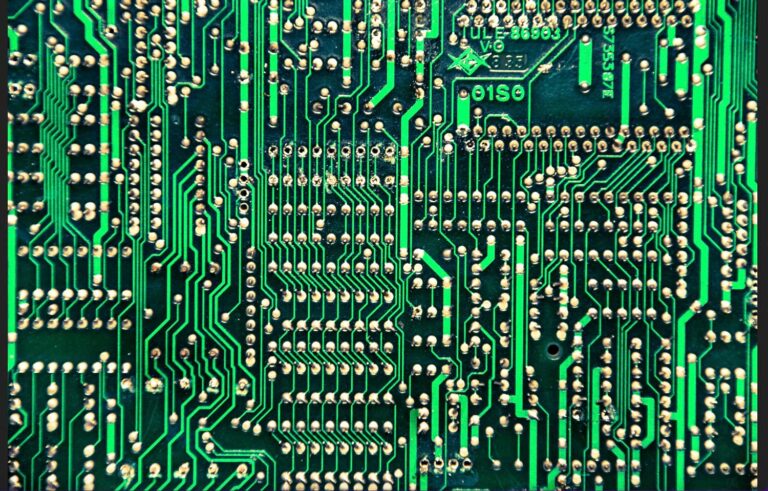This article is a repost and was originally published by the American Thinker in June 2023
Ireland has announced plans to cull hundreds of thousands of cows to comply with European Union climate policy. Similar initiatives in Belgium and the Netherlands ensure that beef prices will rise, but these proposals offer little environmental benefit. Indeed, cows are the heroes, not the villains, in rescuing the climate.
Ireland’s push to eliminate 200,000 cows demonstrates the persistent folly of climate alarmism, while contrasting the shortcomings of renewable energy products. The fundamental premise of the targeting of benevolent bovines is faulty: that cow burps cause damage to the environment. Interestingly, the alternatives propounded — for humans to obtain protein instead from insects, or soy-based synthetic meat substitutes — will profit industries who are key partners in the globalist effort to eradicate cows.
The attacks on cows are premised on data for beef and dairy cows managed in Concentrated Animal Feed Operations (CAFOs), in which the animals are fed a diet rich in grains. Manure is collected in lagoons or massive piles that must then be spread back onto the fields. It is the fossil fuels and chemicals involved in producing grains and other feed, and moving them (and the resultant manure) mechanically, that creates the lion’s share of cow pollution.
But cows raised on pasture, and rotated regularly, do not depend on GMO grains for their food, nor on diesel-powered equipment to discharge their fecal byproducts. More, their manure then replaces synthetic fertilizers, including urea manufactured from natural gas.
That fake meat that Bill Gates wants Americans to eat in place of cows is made from soy and other plant inputs. GMO soy and corn are produced using massive quantities of synthetic fertilizers, Round-Up and other herbicides, fossil fuels for tractors and harvesters, and more fuel to process and transport the food for human consumption. Also, in many areas, these crops are irrigated with precious underground aquifer resources. How is replacing grass-fed cows with fertilizer-fed and glyphosate-saturated soy an improvement to the environment?
Cows have been chewing cud to convert grass to steak for humans for thousands of years. In Ireland, the government has for years paid farmers to increase their herds and production, and many of those dairies are grass-fed. Ireland has built a niche market in that very field:
Until recently, the government had encouraged dairy farmers to expand to exploit the end of EU milk quotas. Farmers invested in new equipment and the dairy herd grew by almost half in the past decade. Irish butter, cheese and other produce — 90% is exported — filled supermarket shelves around the world.
In contrast, consider the production of solar panels in China, made from quartz heated with coal, spewing enormous amounts of pollution. Those will be funded, while cows are slaughtered as polluters? How much more toxic chemical pollution is released into the atmosphere when an electric car is manufactured than a cow ever belches? And how much water is saved, and soil rebuilt, in the United States when new windmills are shipped out versus properly stewarded cows?
The push to eliminate cows is a scam. One of the clearest proofs is that there is no attack on pigs or chickens. Ireland produces 70 million chickens a year; why aren’t they being culled? Chickens and pigs cannot be raised on grass, but are almost wholly dependent on grain crops. A genuine effort to curtail pollution from tilling and monoculture cropping would favor cows and sheep over pigs and chickens! (Ireland has 1.6 million pigs.) Instead, Ireland follows AOC and the WEF in the bullying of cattle.
Reducing dairy and beef production in Ireland will undermine its economy, as these make up about two thirds of the nation’s agriculture output, with 90% being exported. It will also drive up food prices and create environmental pressures in other nations that fill the production void. This is called “carbon leakage”: when production is moved to countries with an even higher carbon footprint.
Rewarding farmers for releasing confined animals back onto grass would sequester more carbon over time than E.V.s or solar panels, while improving soil health, reducing fertilizer use, and saving water (healthy soils retain more water). Also, when cows die, they rot back into the earth as healthy compost, unlike the inevitable future of solar panels and EVs, foisted on consumers by government edict in the name of climate rescue.
Eliminating cows increases food domination and profits for global corporations. It does not profit the environment much at all.

